Musk Promises Affordable Autonomous Rides and Exciting New Features
Tesla has made headlines once again by revealing its highly anticipated Cybercab during the “We, Robot” event held at Warner Bros. Discovery studio. This article delves into the key features of the Cybercab, Tesla’s vision for autonomous transport, and the implications of these advancements for the future of mobility.
- Affordable Autonomous Driving: The Cybercab will retail for less than $30,000, making it a cost-effective option for consumers looking to embrace autonomous technology.
- Exciting Features and Demonstrations: Attendees experienced live demonstrations of the Cybercab’s capabilities, including its innovative inductive charging system and fully autonomous driving.
- A Vision for the Future: CEO Elon Musk shared his ambitious plans for Tesla’s robotaxi fleet, asserting that it will revolutionize transportation while potentially offering a new source of income for Tesla owners.
At the recent “We, Robot” event, Tesla CEO Elon Musk showcased 20 prototypes of the much-anticipated Cybercab, a vehicle that promises to change the landscape of autonomous transport. Unlike traditional vehicles, the Cybercab features a sleek, compact design reminiscent of the Cybertruck but focuses on delivering an efficient ride for two. Attendees had the opportunity to experience the Cybercab firsthand, witnessing its autonomous capabilities in action as it navigated the well-maintained streets of the Hollywood studio.
One of the most exciting aspects of the Cybercab is its affordability. Musk announced that the vehicle would be priced below $30,000, positioning it as an accessible option for consumers looking to embrace the future of transport. Musk emphasized that the operating costs of the Cybercab would be remarkably low, estimating around $0.20 per mile, which he likened to a form of “individualized mass transit.” This affordability could democratize access to autonomous vehicles, making them a viable alternative to traditional ridesharing services.
The “We, Robot” event also highlighted the innovative features of the Cybercab, including its inductive charging system, which eliminates the need for conventional charging plugs. Instead, the Cybercab will charge wirelessly, streamlining the user experience. Musk’s commitment to developing fully autonomous vehicles is evident as he expressed plans to start “unsupervised full self-driving” capabilities in Texas and California next year, although he acknowledged his tendency to be overly optimistic about timelines.
In addition to the Cybercab, Musk surprised attendees with the unveiling of the Robovan, an autonomous bus designed to carry up to 20 passengers. This vehicle could serve both as mass transit and a cargo carrier, further expanding Tesla’s vision for an integrated transportation ecosystem. While no specific timelines were provided for the Robovan’s rollout, Musk’s remarks hinted at a transformative future for urban mobility.
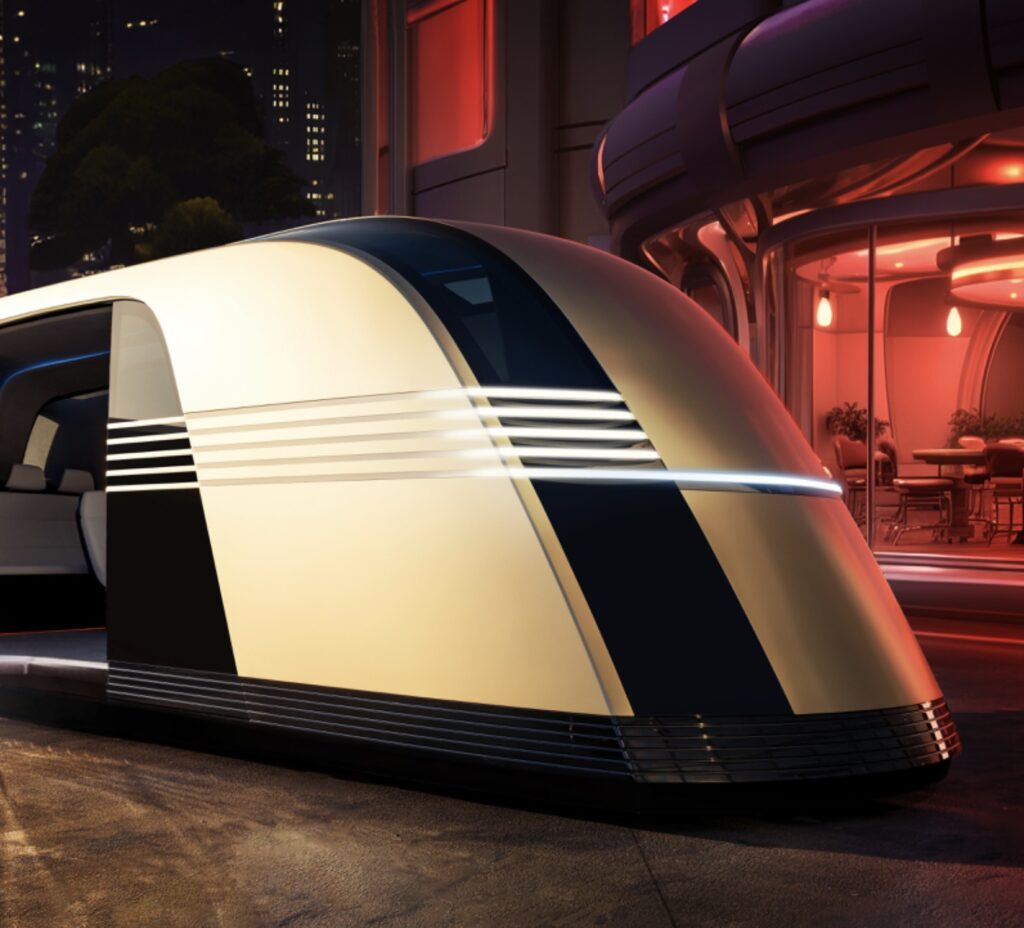

However, the journey to realizing a fully autonomous fleet is fraught with challenges. Tesla has faced skepticism over its claims regarding self-driving capabilities, especially considering that its Full Self-Driving (FSD) software still requires human oversight. Critics argue that the reliance on cameras for environmental perception may limit the effectiveness of Tesla’s autonomous systems, as they may struggle in complex driving scenarios.
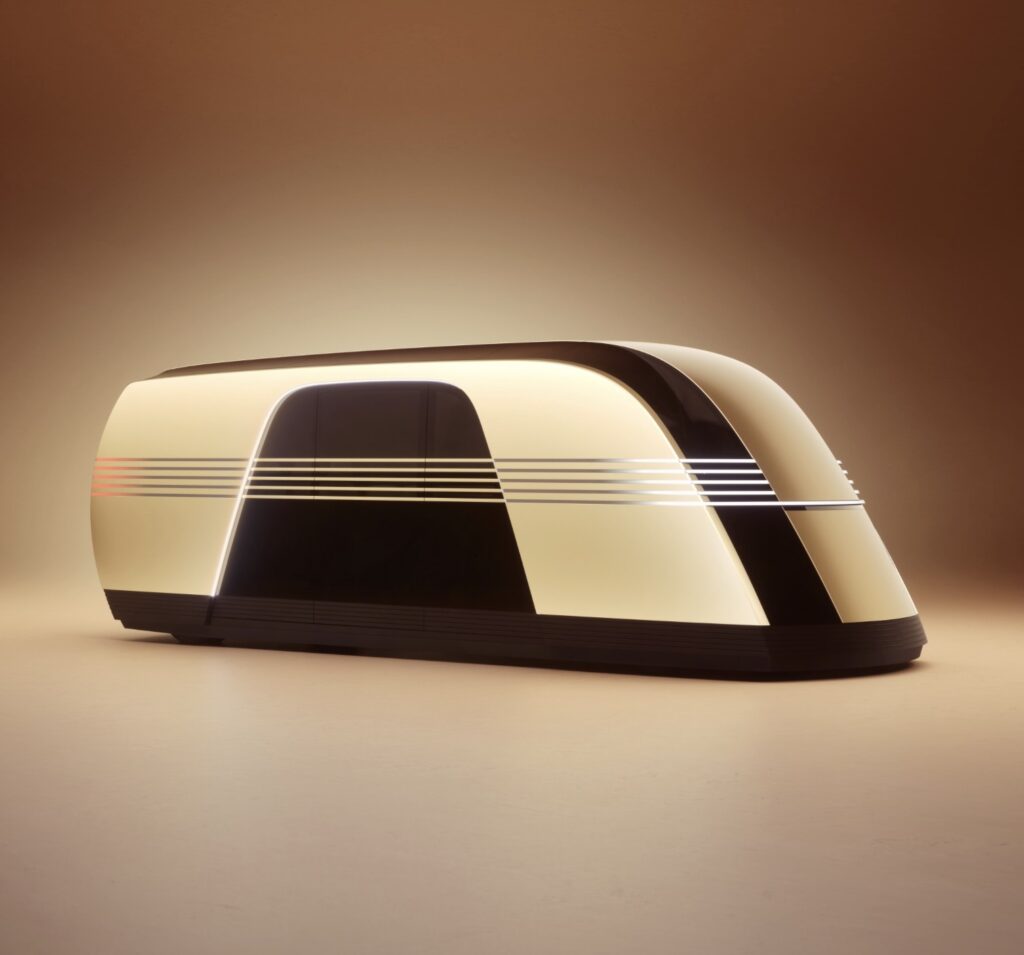
Musk’s past assertions that a fully autonomous Tesla was just “two years away” have often been met with delays and revisions. Nevertheless, the Cybercab and Robovan represent significant steps toward his long-held vision of a fleet of robotaxis operating autonomously and efficiently. The dual strategy of Tesla running its own fleet while also allowing vehicle owners to participate in a ride-hailing service could create a new revenue stream for Tesla owners, similar to how platforms like Uber and Airbnb function.
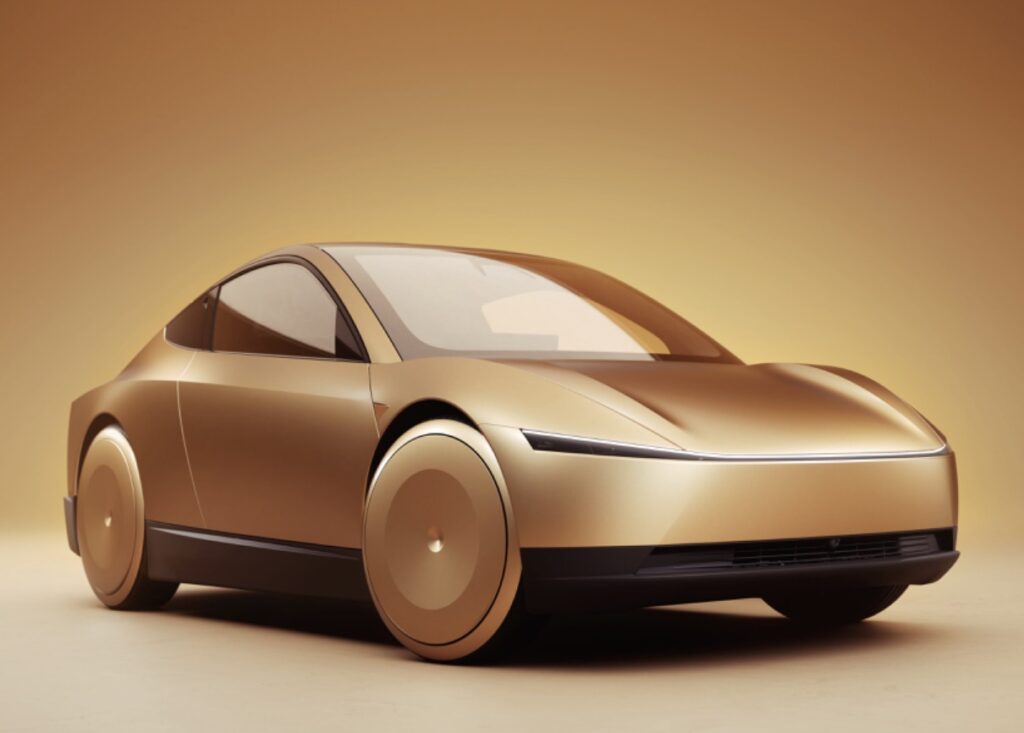
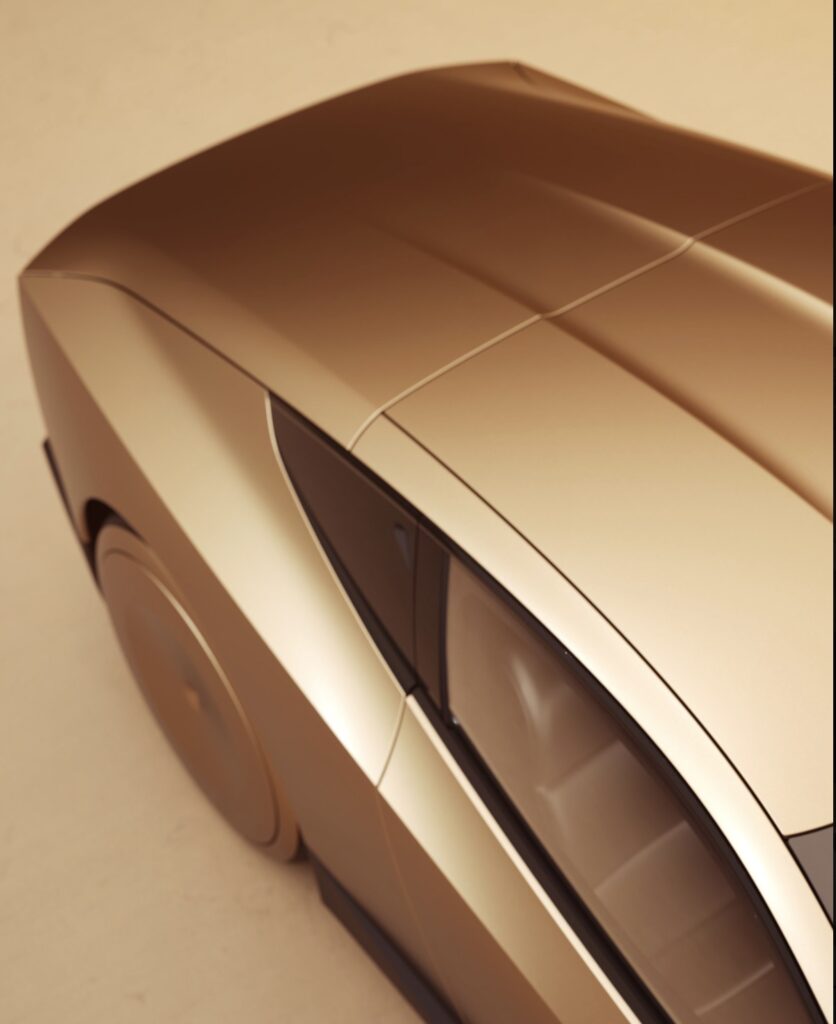
The Cybercab’s introduction is part of a broader ambition to achieve Level 4 autonomous driving, where vehicles can operate independently under certain conditions. To reach this milestone, Tesla must navigate regulatory hurdles and demonstrate the safety of its autonomous systems, especially in light of ongoing federal investigations into fatal incidents involving its Autopilot feature.
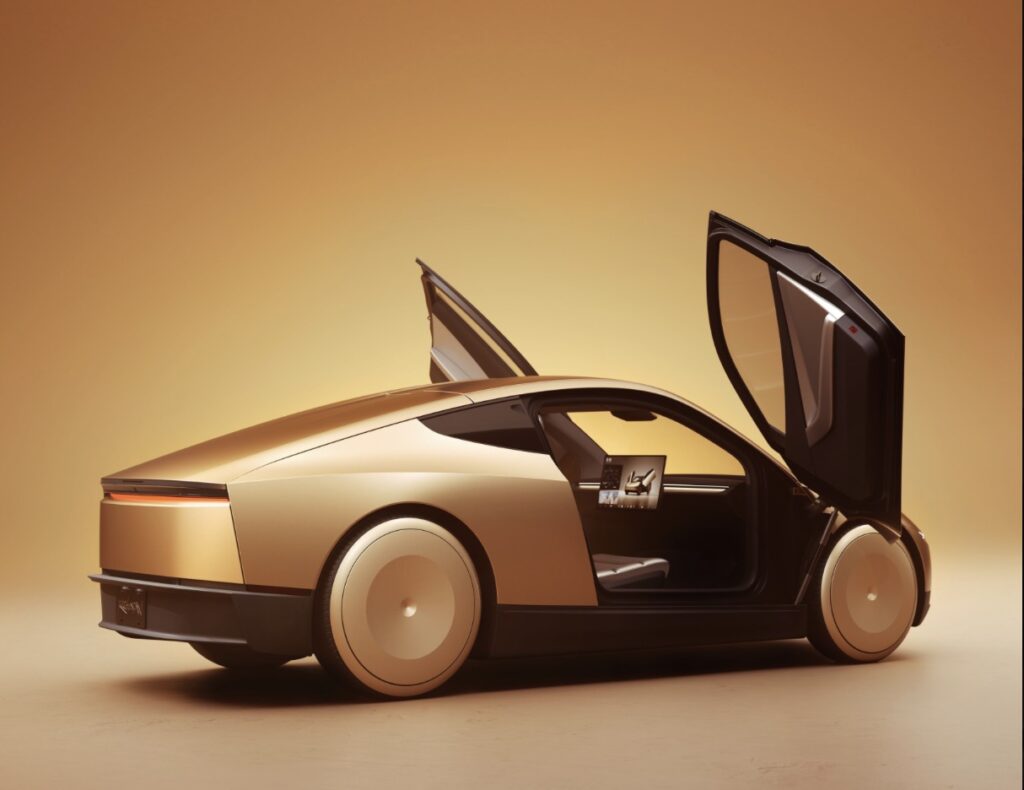
As Tesla continues to innovate and push boundaries, the unveiling of the Cybercab at the “We, Robot” event serves as a referendum on Musk’s ability to deliver on his promises. Enthusiasts and investors are eager to see whether this new vehicle can compete with existing robotaxi services from companies like Waymo and Cruise, both of which have already established significant footholds in the autonomous transport market.
Tesla’s unveiling of the Cybercab marks a pivotal moment in the evolution of autonomous vehicles. With an affordable price point and a range of innovative features, the Cybercab has the potential to reshape the transportation landscape. However, as Tesla moves forward, it must address the challenges and scrutiny surrounding its self-driving technology to fulfill its ambitious vision for the future of mobility. As we witness the dawn of a new era in transportation, the world will be watching to see if Tesla can indeed revolutionize how we travel.

